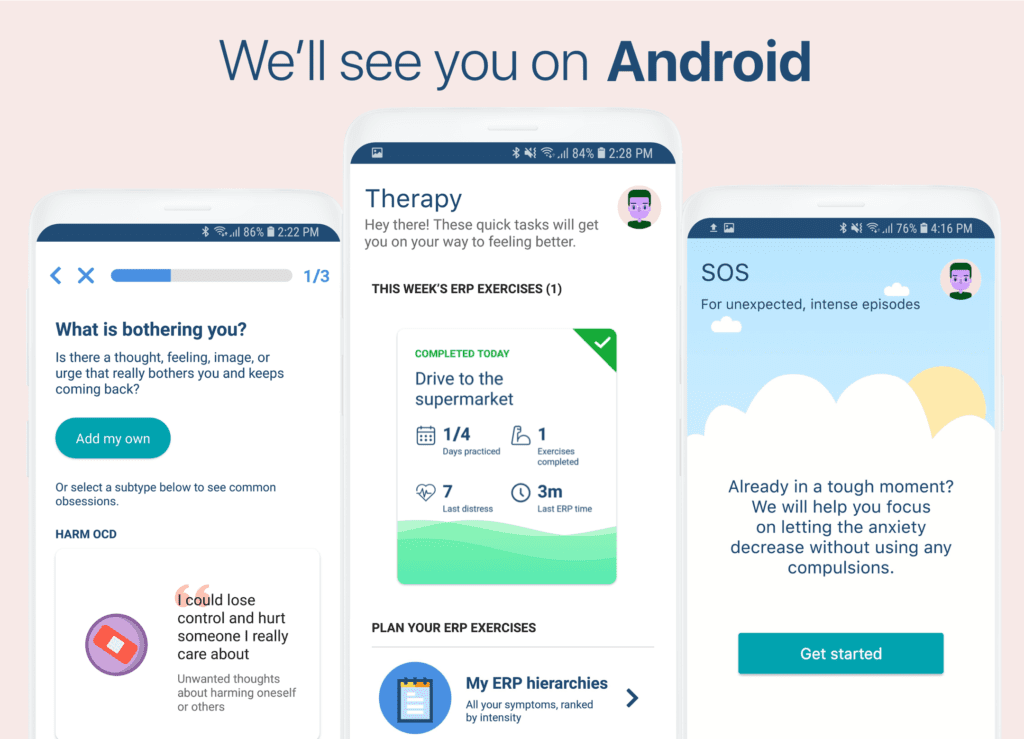An estimated 2-3% of the US population deals with obsessive-compulsive disorder. Many of them are, of course, Android users. That’s why releasing NOCD on Android has always been one of our main priorities. Community members like you have been enthusiastically involved in this process from the very beginning, motivating our team to move quickly while creating a clinically supported, easy-to-use experience.
And so we’re thrilled to announce the release of NOCD on Android.
Everyone at NOCD was integral to this new release– from UX/UI design, content creation, and clinical validation to development, testing, and marketing– but three team members worked especially closely on the Android app. Ray, Anil, and Larry put innumerable hours into the project, working together on new aspects of the app each day and tying together the efforts of everyone else on our team.
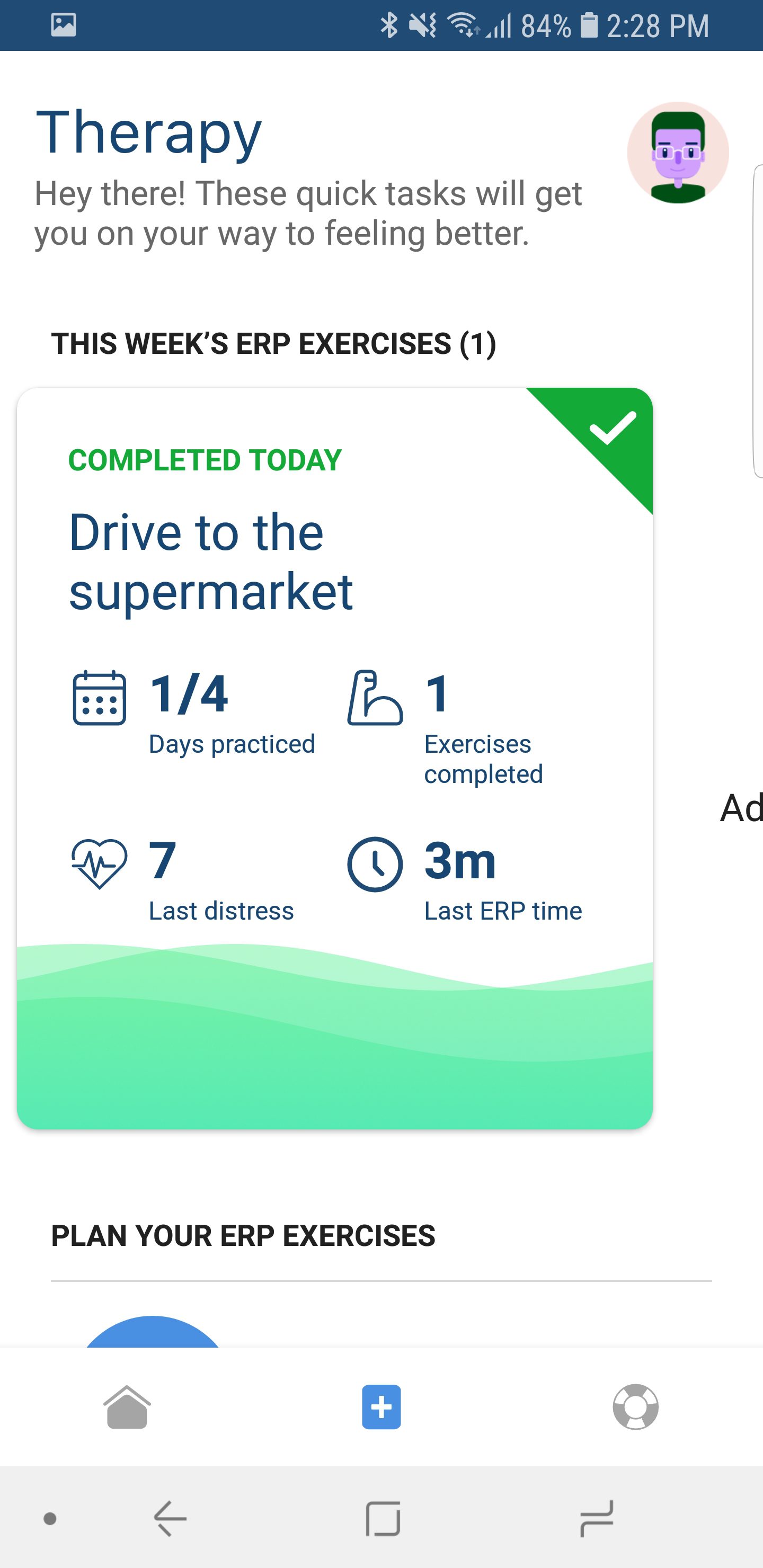
It wasn’t all serious, though. As Ray– a software engineer, Android aficionado, and one of our most enthusiastic team members– put it, “Developing the Android app was an absolute blast! I greatly enjoyed using the latest mobile technologies to create an app that helps people feel better and live life to the fullest.”
NOCD on Android is built to support people through all stages of their journey through OCD, from learning about its symptoms and recognizing which ones they might have all the way through recovery. It is full of helpful tools and centers around three major components: Discussion, Therapy, and SOS.
In Discussion, the NOCD app’s homepage, our community members ask questions and get answers in a supportive, moderated community. We also see a ton of inspiring stories from people around the world who are having a ton of success with exposure and response prevention (ERP) and other treatments. And, of course, we get tons of loved ones and friends getting information about OCD.
When users enter the Therapy section of NOCD on Android, they’ll find a guided tour through OCD. In just a few minutes, you’ll learn the most important things about symptoms, treatment, and more. Then you’ll create a hierarchy of OCD symptoms with the help of hundreds of detailed templates. You can also create your own, of course, because OCD symptoms vary widely from one person to the next.
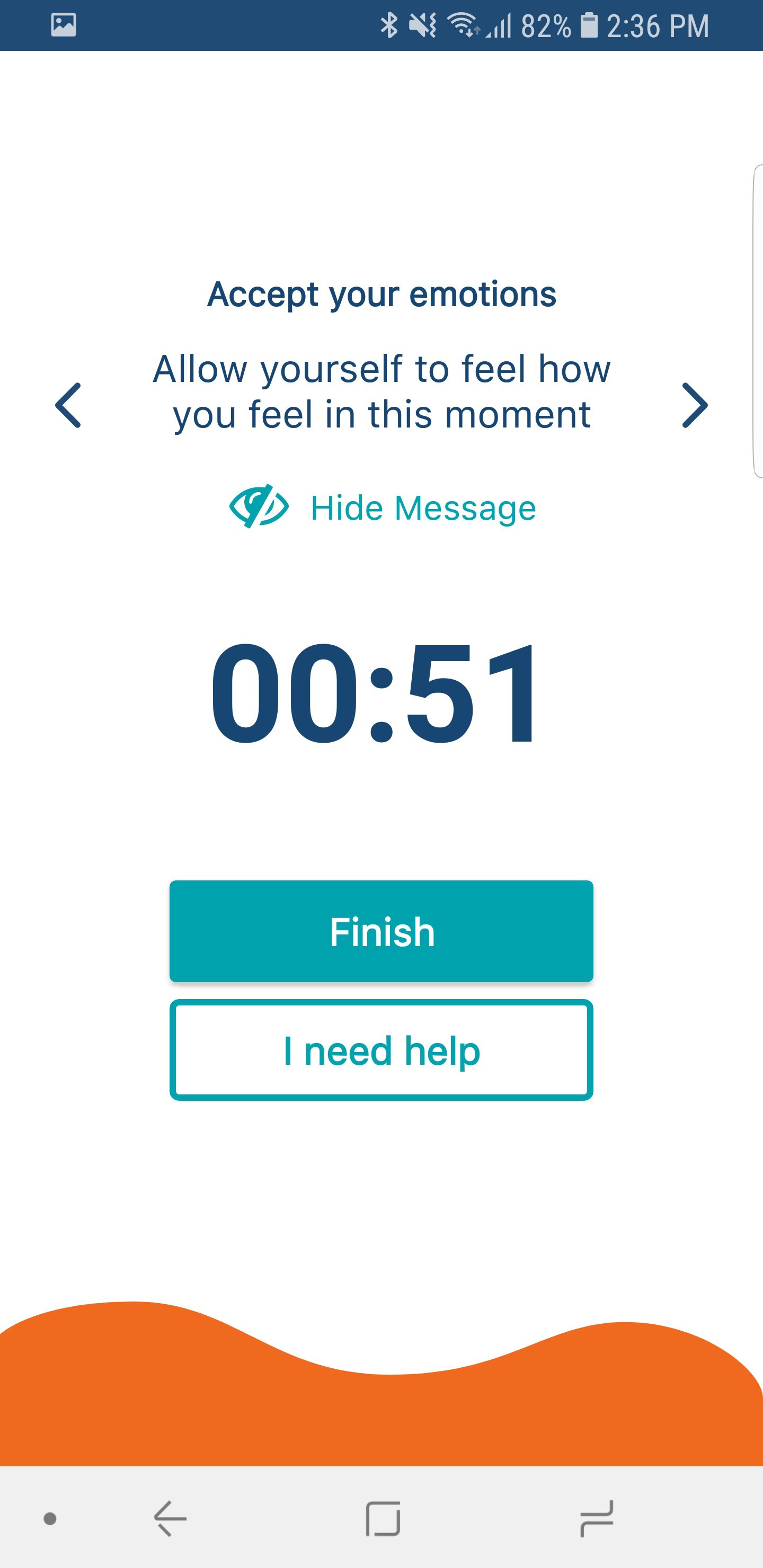
As Ray said:
Creating the Therapy section of our Android app was a unique and exciting challenge, as it represented a chance to do pioneering work in digital therapy solutions. The amount of thought and care that goes into every aspect of these processes is extraordinary. The NOCD Therapy section represents hundreds of hours of user testing and thousands of hours of clinical expertise. The most exciting part is that we continue to improve and innovate to provide our users with the best tools to manage OCD.
Templates in NOCD Android are a useful tool for creating OCD hierarchies. A hierarchy is a list of obsessions, compulsions, triggers, and exposures ranked by intensity. This isn’t easy to do, so we worked with NOCD’s content team and clinical advisors to create templates for every kind of obsession. This allows people to select from common examples tailored to their symptoms– or even just to see an example of how hierarchies are built. Our goal was to make NOCD Therapy as easy to use and pain-free as possible. Therapy Templates are a big step in that direction.
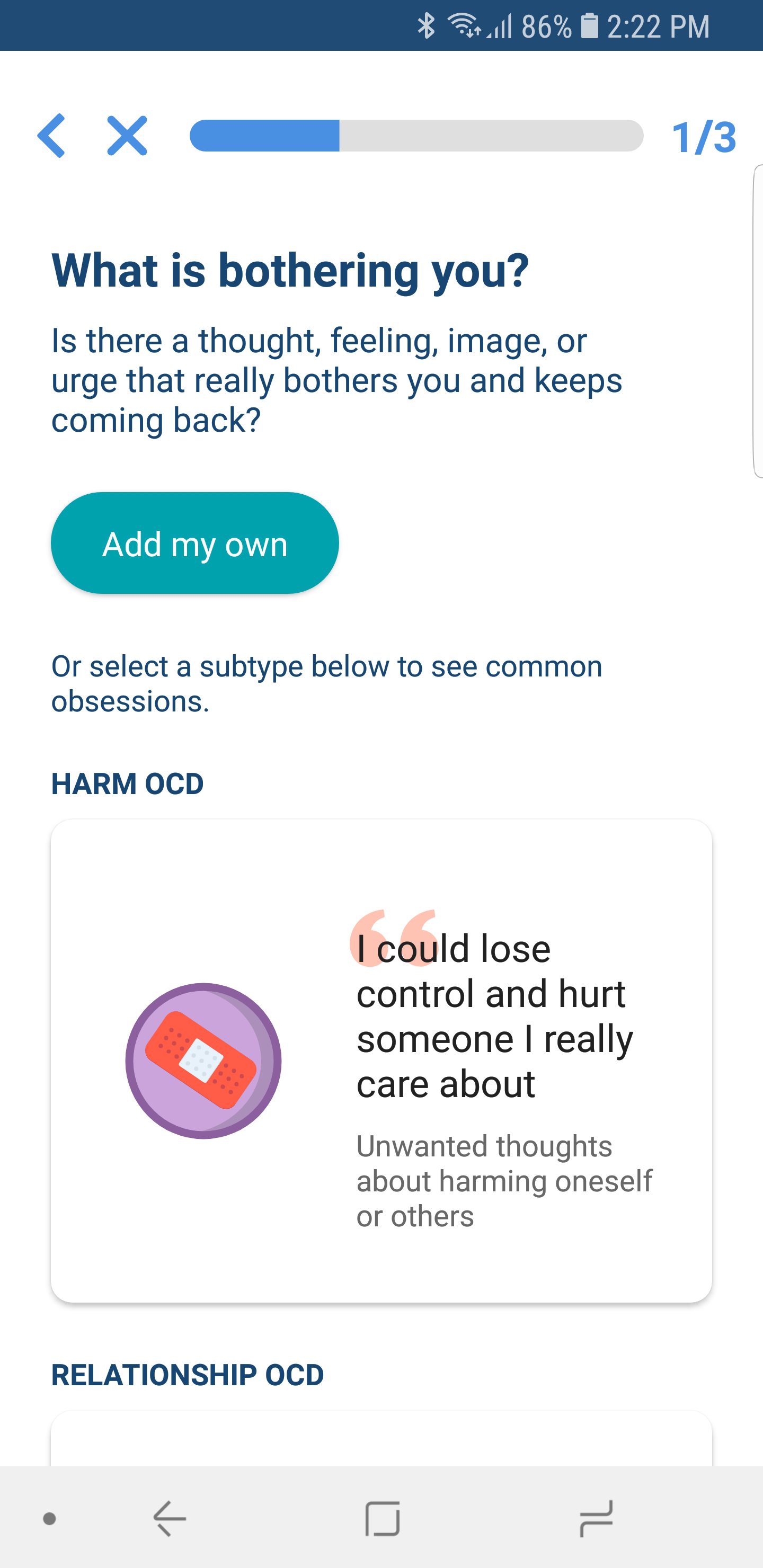
Ray is right– more than anywhere else in the app, the Therapy section required constant collaboration within our team so we could help make OCD treatment a better, easier experience. Once the user has created their hierarchy using templates and custom inputs, they can begin doing ERP exercises. These guided exposures are paired with helpful tools for responding to obsessions without using compulsions. The Therapy section, which supports our community members in their work with clinicians, is the clinical core of NOCD.
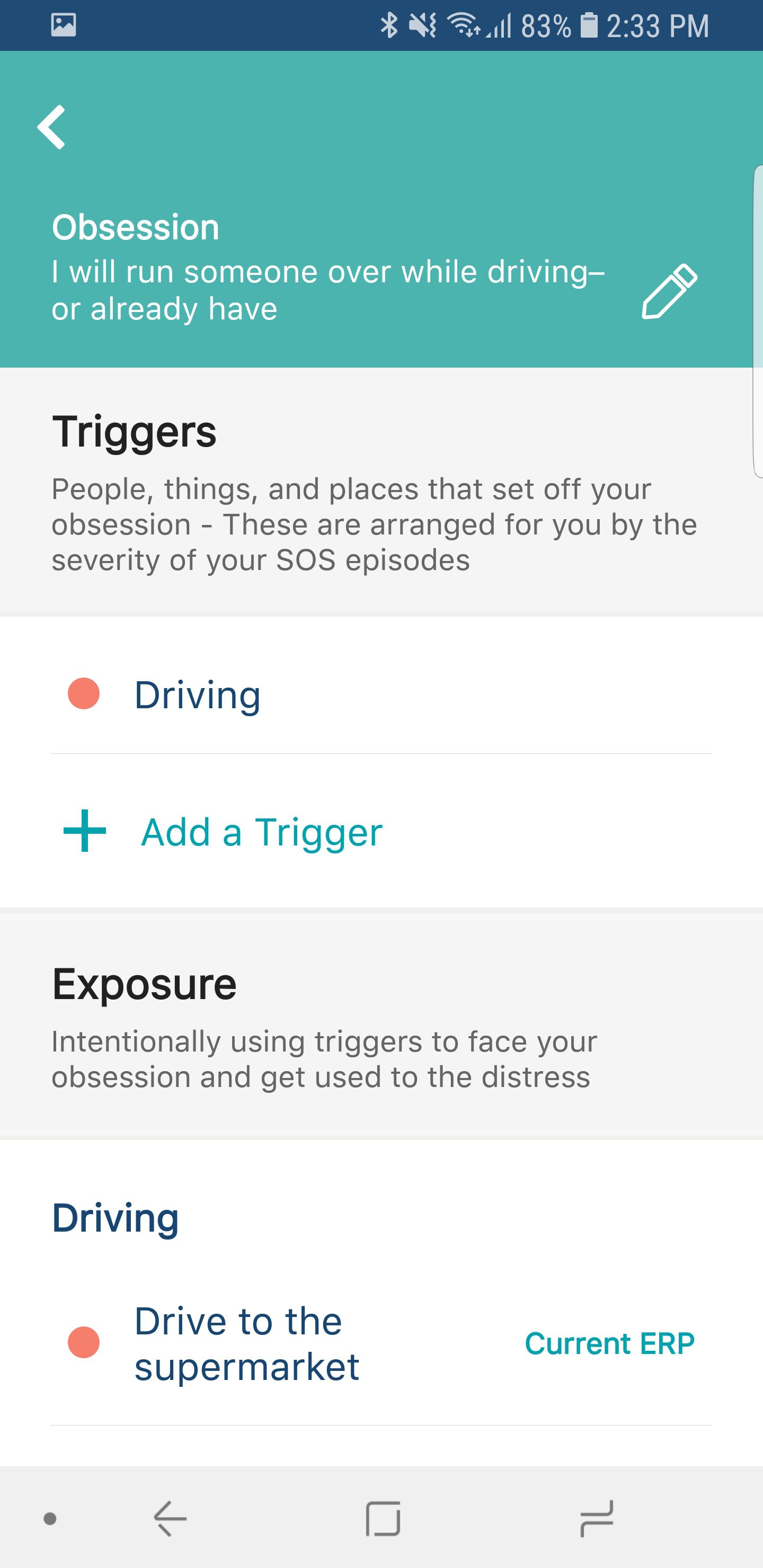
Last, but not least, is the SOS feature, which is a community favorite because it provides guidance when you’re already in a really distressing moment. Therapy and SOS follow the same therapeutic principles, but the former is for planned exercises whereas SOS is intended to help people thorough the exposures they hadn’t planned. The user identifies what they’re going through and uses the NOCD app to get through that episode without turning to compulsions or derailing their hard-earned progress.

We know from speaking with tons of community members and test users that the resources offered in these three major sections (and throughout the rest of the NOCD app) can be really helpful. But what does a NOCD developer like most? According to Ray, “The NOCD app is very feature-rich, so picking one favorite feature is hard. One thing that’s really nice, though, is that many screens throughout the app have hints to help the user out. These explanations and examples are really helpful because both OCD and its treatment can get confusing.”
All of us at NOCD hope that NOCD on Android will help make OCD and its treatment a lot less confusing. Thanks for keeping up on the latest at NOCD, and be sure to try the brand new app for free today!
If you or someone you know is struggling with OCD, schedule a free call today with the NOCD clinical team to learn more about how a licensed therapist can help. ERP is most effective when the therapist conducting the treatment has experience with OCD and training in ERP. At NOCD, all therapists specialize in OCD and receive ERP-specific training.

